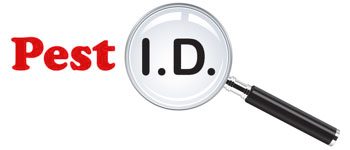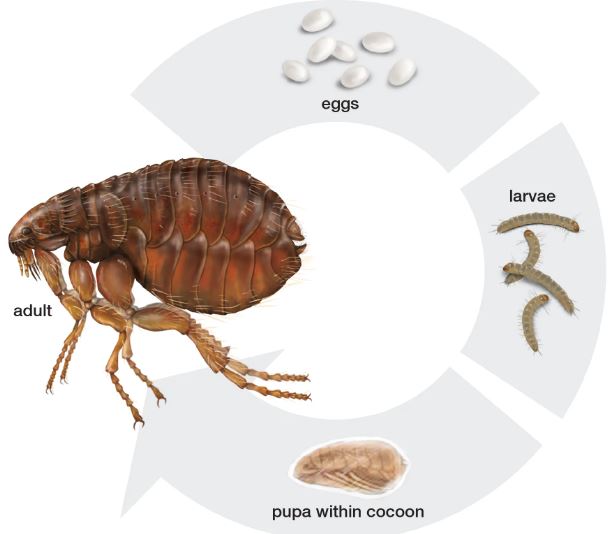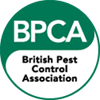Flea infestations are a common nuisance that can affect both pets and homes, causing discomfort and potential health risks. Understanding the facts, risks, and prevention measures is crucial for maintaining a healthy and pest-free environment for your family and furry friends.
Flea Facts
Fleas are tiny, wingless insects that feed on the blood of mammals and birds. The most common flea species affecting homes and pets is the cat flea (Ctenocephalides felis). Fleas have a remarkable jumping ability, allowing them to move easily between hosts and infest various environments.
These pests reproduce rapidly, with female fleas laying hundreds of eggs in their lifetime. The eggs hatch into larvae, pupae, and eventually adult fleas, creating a cycle that can be challenging to break. Fleas thrive in warm and humid conditions, making them particularly problematic in certain seasons.
Which Type of House Flea Is The Most “Pest-Like”?
Cat fleas can be particularly difficult to remove from your property without professional help, as they are one of the few fleas that will happily feed off cats as well as other mammals. Vet prescribed flea treatments are great for removing fleas from your cat, but if their eggs hatch out away from the cat, the young fleas will happily feed from your blood or any other mammal’s blood in the house, potentially bypassing your flea-treated cat and then the whole cycle starts again.
With this in mind, Pest ID also use long-lasting residual insecticides that remain active for several weeks after treatment to conquer these rogue fleas – whilst these insecticides are deadly to fleas, they are licenced as safe for children, humans and pets.
Foxes and hedgehogs can be other sources of fleas, but hedgehog fleas do not survive for long once off their hedgehog host.
What Do Flea Eggs Look Like?
Flea eggs are tiny, oval-shaped, and usually white or off-white in colour, resembling small grains of salt or sand. Measuring about 0.5 millimetres in length, they are smooth and slightly translucent, making them difficult to see with the naked eye, especially on light-coloured surfaces.
Unlike adult fleas, flea eggs are not sticky and do not cling to the host’s fur. Instead, they easily fall off into the surrounding environment, such as bedding, carpets, or furniture, where they continue to develop. These eggs typically hatch within a few days, depending on temperature and humidity levels.
Risks Associated with Flea Infestations
Flea infestations pose various risks to both pets and humans. Pets can suffer from allergic reactions to flea bites, leading to excessive scratching, skin irritation, and even hair loss. In severe cases, flea infestations can cause anaemia, especially in young or small animals.
Humans are not immune to the impacts of fleas. Although fleas do no not typically live on humans like they do on furry pets (and sometimes for up to two weeks), flea bites can cause red, itchy welts, and in some cases, may trigger allergic reactions. Fleas can also transmit diseases, such as murine typhus and cat scratch fever, adding an extra layer of concern for households with pets.
Preventing Flea Infestations
Preventing flea infestations is key to ensuring the well-being of your pets and maintaining a healthy home environment. For Flea treatments to be effective, the property needs to be occupied or at the very least need someone to visit the property every few days to draw the hungry fleas out, as fleas have a neat trick where they can shut their bodies down for up to 9 months if there is no host to feed from. Whilst the fleas are hiding and not moving in the property, they are not touching surfaces that have been treated with the insecticides, which become less effective by the day due to light degradation.
In an empty property, these dormant fleas remain in ‘diapause’ (a hibernation-like state) until there is body heat, movement and a hosts breath to bring them round – then they emerge and are hungry with a need to feed.
Here are some effective prevention measures:
Regular Pet Care:
Ensure regular grooming and bathing for your pets. Use flea combs to check for any signs of fleas or flea dirt (faeces).
Veterinary Care:
Consult with your veterinarian for appropriate flea prevention products, such as spot-on treatments or oral medications.
Keep your pets up-to-date on vaccinations to reduce the risk of diseases transmitted by fleas.
Household Maintenance:
Vacuum your home regularly, paying attention to carpets, rugs, and upholstery.
Wash pet bedding, blankets, and other fabrics frequently in hot water to eliminate flea eggs and larvae
Use flea control products, such as sprays or foggers, in and around your home, following safety guidelines.
When a flea infestation is confirmed, flea treatments need to be administered by a pest control expert visiting your home at least every few days until the treatment course is complete.
Garden Maintenance:
Keep your garden tidy by mowing the lawn and removing debris where fleas might thrive.
Consider using flea control products in outdoor areas frequented by pets.
Environmental Awareness:
Be cautious when introducing new pets to your household, ensuring they are free of fleas.
Be aware of potential flea sources, such as wildlife or stray animals, and take preventive measures accordingly.
Summary
Flea infestations can be a persistent challenge, but with proactive measures and consistent care, you can significantly reduce the risks for your pets and family. By staying informed about flea facts and adopting preventive strategies, you can create a comfortable and healthy living environment for everyone in your home.








